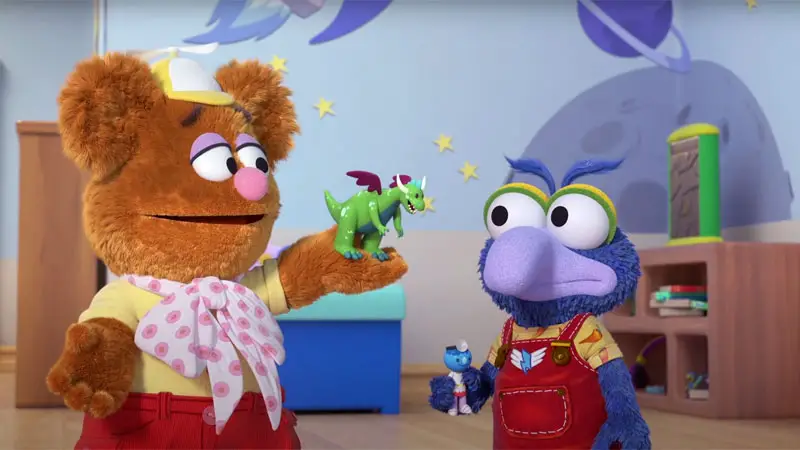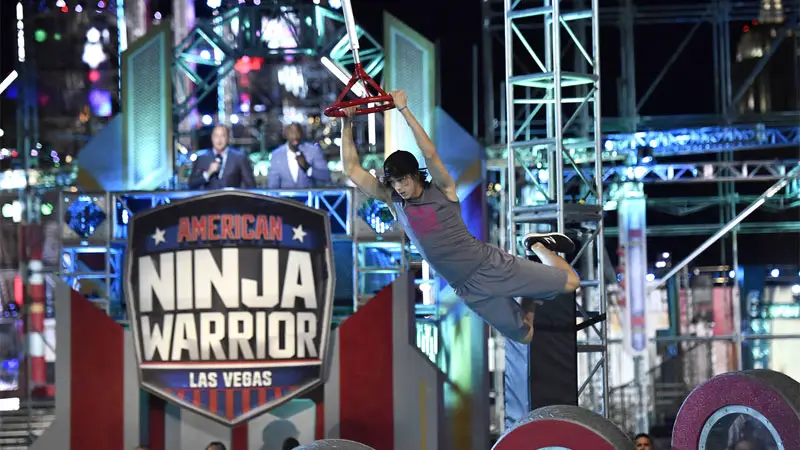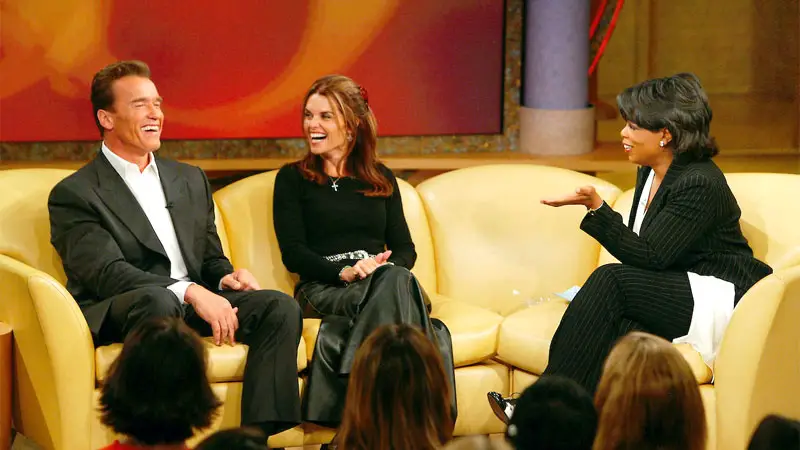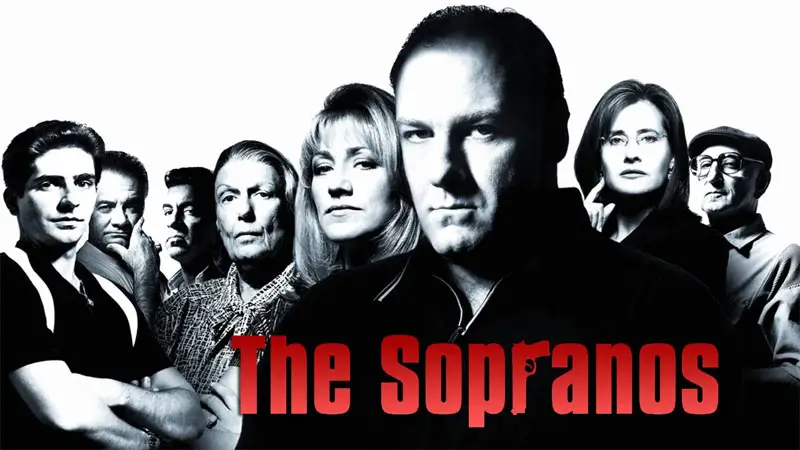There may be 500 channels with nothing on, but it’s not for a lack of options. Here are 20 genres of TV show you may or may not have heard about.
See Also: 4 Types of Movie Theaters
Types of TV Shows
1. Anime

Originally inspired by the style of early Disney cartoons, anime (pronounced ah-nee-may) is one of the most popular animation styles in the world.
Due to the Disney influence, anime usually features large eyes, small mouths, and often simple physical characteristics on its characters. One sub-genre, known as super-deformed anime, features large heads on small bodies and was the inspiration for bobblehead figures.
While it exists as its own genre, the name is derived from the American term “animation” using Japanese phonetics, and encompasses all animated Japanese media. As a result, anime crosses over with just about every other genre of Japanese television, including sports, talk shows, tokusatsu, and dorama. The genre became popular in the US thanks to Speed Racer, Atom Boy, and later Sailor Moon, Voltron (which used footage from multiple anime), and Neon Genesis Evangelion.
Today, most imported anime focuses on over-the-top action and special effects. It should be noted that almost every Disney movie since the 1980s has been ripped directly from anime series, most notably Lion King (Kimba: The White Lion) and Atlantis (Nadia: Secret of Blue Water).
2. Cartoon

Cartoons are animated TV shows, usually using cel art. Some forms incorporate CGI, often with cel shading to blend it together with cel art.
CGI series which intentionally replicate the cel art style are often considered cartoons instead of CGI animation due to the inability to tell the two apart.
3. CGI Animation

Computer-generated series first appeared in the early 1980s, but didn’t become popular until the 1990s with series such as War Planets and Beast Wars. While animated, they are generally considered their own genre due to the more realistic graphics.
CGI is also frequently incorporated into modern live action TV shows to save on set budgets, with the actors performing against a bluescreen or greenscreen.
4. Comedy

Comedy shows focus on various types of comedy, from vaudeville to stand-up. Unlike the sit-com, comedy shows such as Benny Hill or Monty Python’s Flying Circus revolve around a compilation of unrelated sketches, sometimes with transitions and sometimes with straight scene cuts.
5. Competition

This genre has multiple contestants competing in front of a panel of judges over the course of a season. The winner usually earns prize money or a professional contract.
6. Daytime Talk Show

Usually blocked into the morning or afternoon broadcasting schedule, talk shows focus primary on a host interviewing one or more guests. The Oprah Winfrey Show was one of the most well-known. Some formats of talk show have panels of hosts who discuss various topics.
These shows may include some variety content, such as the Good Morning franchise. Panel shows tend to be most popular in the morning, although a few with more controversial content appear in the afternoon blocks.
Afternoon talk shows usually incorporate some form of real or artificial drama with the guests having often heated arguments about controversial topics. Jerry Springer was one of the most infamous examples of this type, with guests admitting they were paid to fight on-stage or flash the camera.
Related: 9 Different Types of Divorce
7. Documentary

Made famous by National Geographic, the documentary is a documented commentary usually surrounding a historical event, anthropology, or zoology.
The genre usually involves heavy research and is factually-based, although some modern documentaries contain political commentary and are mislabeled as documentaries instead of mockumentaries.
8. Dorama

This Japanese genre is often mistaken for the American drama genre, but encompasses a much wider range of western genres and follows a strict length.
Dorama are run quarterly, usually lasting 6 or 12-13 episodes and have full serial plotlines and an emphasis on character development. There are dorama that are comedies, sit-coms, dramas, detective series, sci-fi, etc.
9. Drama

Drama shows have a focus on character interaction and most focus on relationships in a natural setting. However, these shows do sometimes cross over with sci-fi or fantasy settings, such as in the epic Game of Thrones series.
The most common sub-genre of drama in the US is the soap opera.
10. Late Night Talk Show

Late night talk shows follow a more uniform structure than their daytime siblings. They have a host, co-host or emcee, and open with a monologue which writers create before devoting the rest of the show to interviewing one or more guests. Sometimes they will feature a performance by a guest band or include a comedy skit.
Some shows feature their own in-house band, complete with keyboard, guitar, saxophone, drums, trombone, bass, and others. The Tonight Show Band was arguably the most well-known house band that started during Johnny Carson’s days and played through the Jay Leno era.
The Late Show set the Standard through long-time host Johnny Carson and co-host Ed McMahon. Another famous example is Вечерний Ургант (Evening Urgant), a longstanding Russian late-night show hosted by Ivan Urgant which has achieved worldwide viewership thanks to its YouTube channel.
11. Mahō Shōjo (Magical Girl)
One of the most famous sub-genres of tokusatsu, this genre features girls (usually high school students) who are able to transform into super heroes to protect the world.
Sailor Moon and Pretty Sammy made the genre popular in the West, while Japan has a long history of magical girls, including Pai Pai, Poitrane, and Sally the Witch (an anime inspired by US sitcom Bewitched!).
12. Mockumentary
An opinion-based genre which is filmed in the style of a documentary.
13. News
Originally a genre designed strictly for covering current events, this genre now largely revolves around political commentary and often dramaticized depictions of current events. News shows often air during specific time blocks, while there are also entire channels devoted to the genre.
Most news shows have one to three hosts (known as anchors), as well as a sports commentator and weatherman. However, a growing number have full panels of hosts and function more closely to a daytime talk show.
14. Reality
Reality television originally had live camera crews following a person or group as they performed various tasks, and were more like documentaries.
Modern reality TV like Survivor and Big Brother is largely scripted for dramatic effect and episodes tend to be situational or be part of a competition.
See Also: 13 Types of Sunglasses
15. Sci-Fi
Science fiction is a longstanding genre that has found varying degrees of success in television. The most popular franchise is perhaps Star Trek. The hallmark of science fiction is the use of futuristic technology or other races as an essential part of the story.
Some, such as Alien Nation, focused on drama with elements of science fiction (in that case, a detective series about aliens living on Earth). Meanwhile, a sub-genre known as science faction involves technology or situations that are viable in the modern world. SeaQuest DSV is one of the most famous examples of science faction in TV.
Some other excellent examples of science fiction include The Expanse, Raumpatrouille – Die phantastischen Abenteuer des Raumschiffes Orion (a short-lived German cult classic that predated Star Trek), and War of the Worlds.
16. Sit-Com
Sit-com (sometimes spelled sitcom) is short for situational comedy. This genre features a regular cast of characters who encounter different situations each episode they mist react to.
Some, such as Seinfeld, have no real purpose, whereas the majority have an overall story arc. Some examples of sit-coms are How I Met Your Mother, Bewitched!, and Red Dwarf.
17. Soap Opera
Named after the soap commercials which originally sponsored them, soap operas were created as a sub-genre of drama with the stay -at-home housewife in mind. They usually contain extramarital affairs, conflict (sometimes physical), and other over-the-top character interactions. General Hospital and Days of Our Lives are two of the longest running soap operas.
Meanwhile, Dark Shadows was a popular crossover between gothic horror and drama that received a reboot as an evening soap opera nearly two decades after the original show ended.
Other, more adult-oriented soap operas began airing in late-night blocks during the 1980s, such as Dallas and Falcon Crest, containing subject matter that was (at the time) considered too graphic for daytime television.
18. Sports
This genre involves one or more commentators discussing a sporting game or event in real time, usually broadcast live.
From soccer (futbol), basketball, baseball, golf, tennis, bowling, and everything in between, if a sport exists, you’ll likely find it televised at some point. The Superbowl is the most watched sporting event in the United States.
See Also: 21 Types of Saddles
19. Tokusatsu
One of the most popular types of Japanese television, tokusatsu (or toku, for short) is a form of live-action with a healthy dose of action and special effects. The name itself translates to “special filming”, and reflects the extensive use of miniatures, practical effects, CGI, and costumes.
There are numerous franchises that have enjoyed worldwide popularity, including Super Sentai (the inspiration and source material for the American Power Rangers franchise), Kamen Rider, Garō Metal Heroes, Ultraman, and the live-action Sailor Moon.
While tokusatsu is technically live-action, it should be noted that the genre often crosses over with anime and manga (Japanese graphic novel) genres.
20. Variety
Variety shows were incredibly popular at one point, with Rowan and Martin’s Laugh-In being one of the most famous pioneers. These shows have song and dance routines, comedy, and other types of performance mixed together with one or more hosts.

